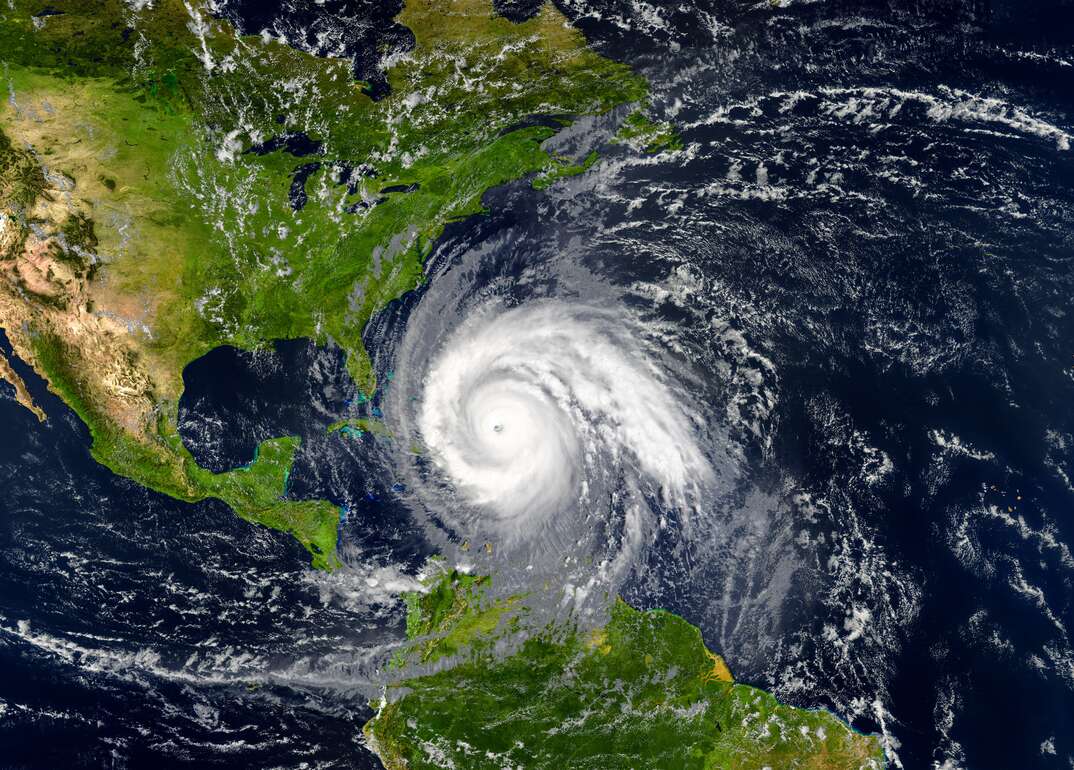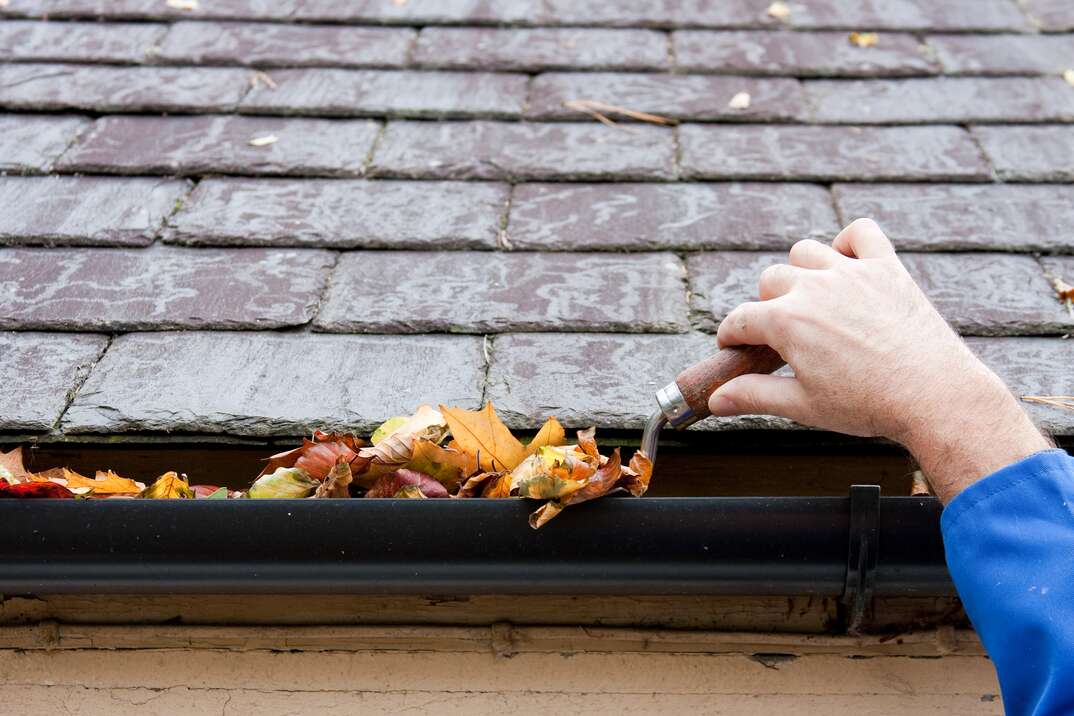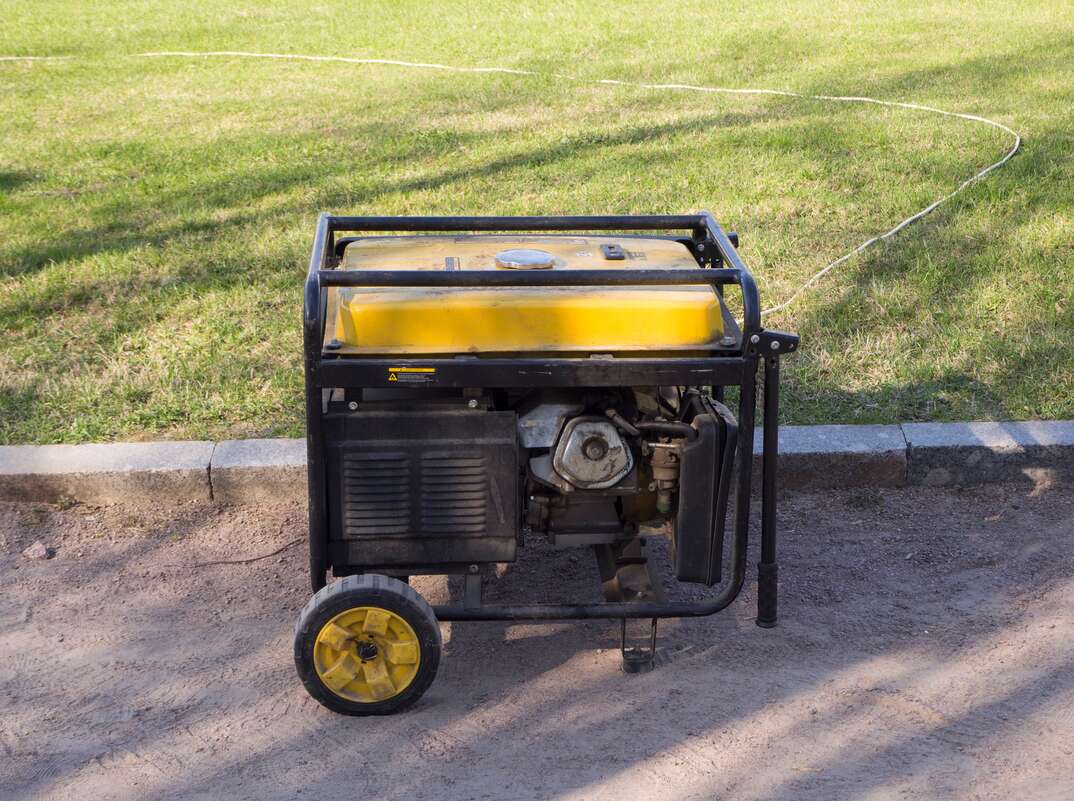Hurricanes Happen: How Ready Is Your Home?

When preparing for hurricane season, it’s important to be aware of when hurricane season is so that you remain on high-alert during that time. The exact dates hurricane season begins and ends changes on a yearly basis, but the season generally lasts from June until November. During this time, those who live in high-risk areas should always be mindful of the threat of a hurricane or tropical storm.
This May Also Interest You: How to Survey Your Home for Storm Damage
The season peaks between August and October, with Sept. 10 being the day you're statistically most likely to find a tropical cyclone somewhere in the Atlantic basin. Hurricanes are common during this time because the ocean water is warm and there’s weak vertical wind shear.
What Areas Are Most Affected by Hurricane Season?
In the United States, the most common areas affected by hurricanes are Southeastern states located along the Atlantic seaboard. Hurricanes mainly make landfall in coastal cities along the Gulf of Mexico and the Atlantic Ocean.
The state that has historically been the most impacted by hurricanes is Florida, with 120 separate hurricanes making direct landfall. Here are some of the most impacted states in recorded history, followed by the number of hurricanes each has experienced:
- Florida, 120
- Texas, 64
- North Carolina, 55
- Louisiana, 54
- South Carolina, 30
- Alabama, 24
- Georgia, 22
Florida, Louisiana and Mississippi are the only three states that have been hit by a Category 5 hurricane. It is believed that such severe storms often hit these areas because disturbances propagate from the coast of North Africa and get energized in the warm Atlantic climate.
How to Prepare Your Home for a Hurricane
Now that you better understand when and where hurricanes are most likely to occur, it’s time to prepare yourself for hurricane season. First things first: If you live in an at-risk area, make sure you’re always mindful of warnings issued by the National Weather Service. There are three different terms meteorologists use when dealing with hurricane conditions:
1. Advisory
This is issued when conditions can cause inconveniences that may be hazardous, but not likely life-threatening.
2. Watch
This is issued when a tropical storm or hurricane is possible within 48 hours. When a watch is issued, you should pay close attention to news sources for information, preparing your home and getting ready to evacuate if necessary.
3. Warning
This is issued when the NWS expects a tropical storm or hurricane to make landfall within 36 hours. You should leave the threatened area if directed to do so by local officials.
Knowing these warnings will help you determine what’s going on in your area. It’ll also help you stay prepared when a storm is brewing.
How to Prepare for High Winds
High winds are one of the most dangerous aspects of hurricanes and tropical storms, leading to millions and sometimes billions of dollars’ worth of damage. In order to protect yourself, your home and your belongings, you need to prepare for these high winds. Reinforce or strengthen your home, bolstering your doors, windows, walls and roof.
You should also consider having a safe room in your home that meets Federal Emergency Management Agency criteria, or a storm shelter that meets criteria set forth by the “Standard for the Design and Construction of Storm Shelters under the auspices of the International Code Council and National Storm Shelter Association,” known as ICC 500.
Before a storm, bring loose, lightweight objects such as patio furniture inside your home to ensure they don’t blow away. Any object that may be unsafe to bring inside should be anchored. You should also trim or remove trees that could fall on your home or surrounding homes.

photo caption: “Moen Flo water leak detector”
How to Prepare for Floods
Flooding also causes millions to billions of dollars in damage each time one of these storms makes landfall. There are steps you can take to protect your home, making it more flood-resistant. Some of these steps are simple and inexpensive while others may require an investment. Some of the steps include:
- Making sure gutters and drains are free of debris
- Installing a water alarm and sump pumps
- Installing check valves in sewer lines to protect your drains from floodwater
- Waterproofing your basement
- Considering elevating your building

Flood insurance is also a must if you live in a high-risk area. Most property-insurance policies don’t cover flood losses of this sort, so you’ll need to purchase separate flood insurance.
When to Leave Your Home and When to Return
It can be a difficult decision as a homeowner to leave your home when a storm seems imminent. If local authorities advise or order you to evacuate your home, you should grab your important belongings and comply immediately.
If you decide to stay home, remember that even if the high winds and floodwaters do not reach your home, you may lose power and water, and you may not be able to leave your home for several days if the roads are impassable.
If you did evacuate your home, you should wait until public officials and authorities say it’s safe to return. After each major storm, people are injured and even killed while cleaning up after a hurricane. When you return, avoid floodwaters and do not enter a building until it has been inspected.

More Related Articles:
- Gimme Shelter: Here's What You Need to Know About Building a Home Storm Shelter
- It's Hurricane Season! Here's Everything You Need to Know to Prepare Your House for Storms
Emergency Supplies to Have
You should have emergency supplies at the ready in case a storm hits. These supplies will be needed if you bunker down in your home while a storm passes. They’ll also come in handy after the storm passes if you’re without power. Some of the recommended supplies include:
- Means of emergency communication. Make sure you have some device that will allow you get in touch with family.
- Medical supplies. You should always be equipped to tend to expected or unexpected medical needs.
- Documents. Critical documents, such as birth certificates, should be kept in a waterproof container.
- Food. You should have at least a three-day supply of nonperishable food and water.
- Protective gear. Pack warm clothes and blankets to prevent hypothermia.
- Comfort items. If you evacuate your home, you should grab any items that are irreplaceable or my provide comfort to your family.
You can build up your supplies stash over time by adding a few items each week or each month.
How to Report a Power Outage
When dealing with a hurricane or tropical storm, it’s a real possibility that you’ll have to deal with power outages. You won’t need to worry about reporting an outage, as the power provider in your area will be alerted which areas are affected. What you can do is have on hand a backup power generator, lamps, flashlights and a hand-cranked radio.
When it comes to getting your power restored, the amount of time it takes will depend on several different factors. Some households may have power restored within two or three days, while other homes may take longer because of their remote locations and the amount of work required to repair the lines.


